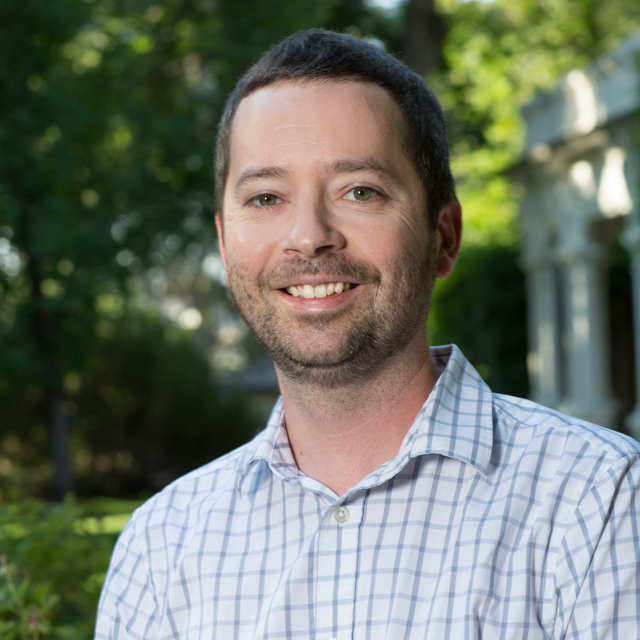A multidisciplinary approach to assessing city-wide near misses between vehicles and vulnerable road users in Reno-Sparks, Nevada
This NSF Smart and Connected Communities project will employ a novel and multidisciplinary approach informed by community participation to detect, map, and analyze “near-miss” events that occur when a collision between a vulnerable road user, such as a bicyclist or pedestrian, and an automobile is narrowly avoided. Rising injury and fatality rates in the United States for vulnerable road users is an area of societal concern, and contribute to public hesitancy to walk or bicycle more. These trends challenge ongoing efforts nationwide that aim to both make roads safer for all and reduce transportation sector emissions through a modal shift to increased walking, bicycling, and transit use. To date, data-driven solutions to address issues related to vulnerable road user safety often rely on official crash data, but these data cannot alone comprehensively represent the safety experiences of vulnerable road users. The ability to more broadly record near-miss events, and how their frequency and locations compare to officially reported crash data, is essential to informing safety-oriented transportation planning strategies. To address this topic, this project will integrate approaches and technological innovations from geography, traffic engineering, and urban planning, in partnership with community collaborators in greater Reno and Sparks, Nevada.Recent advancement in classification techniques applied to data collected from Light Detection and Ranging, or LiDAR, sensors provides an ability to detect near-miss events involving vulnerable road users. This project will deploy a portable network of such sensors at locations throughout greater Reno and Sparks. Sensor locations will be informed by responses to a web-based survey distributed to those who frequently walk or bicycle in the community that will prompt them to identify specific locations of vulnerable road user safety concern. Data will be collected at these locations for one week. Emerging near-miss detection methods will be applied to the field-collected data, and frequency and type of near misses will be compared against official crash data. A community focus group will review near miss events detected by these sensors and provide feedback to improve event identification methods. A Geodesign workshop will produce a collaborative plan that will prioritize locations for future assessment of vulnerable road user safety, and identify potential countermeasures. These efforts will help guide ongoing efforts to integrate a sensor network that if effectively scaled, could improve the ability to detect near-miss events in real-time, which in turn can better inform planning efforts to improve road user safety.This award reflects NSF's statutory mission and has been deemed worthy of support through evaluation using the Foundation's intellectual merit and broader impacts review criteria.
-
Performance PeriodApril 2023 - March 2024
-
Board of Regents, NSHE, obo University of Nevada, Reno
-
Award Number2243588
-
 Lead PIScott Kelley
Lead PIScott Kelley -
Co-PIHao Xu
-
Co-PICarlos Cardillo
-
Co-PICole Peiffer
I am a transportation geographer with a particular research focus on the spatial dimensions of the adoption and use of emerging transportation technologies and services. My research areas include: 1) how early alt-fuel vehicle adopters evaluate or use sparse refueling infrastructure and implications for future station planning methods, 2) how prospective users of automated and driverless vehicles consider travel with these technologies under certain conditions and the resultant potential impacts for cities and regions, and 3) planning for infrastructure for bicyclists, pedestrians, and other vulnerable road users. I apply spatial and quantitative analysis in my research, with an emphasis on the collection of primary data to inform decisions that can help facilitate a transition to a more sustainable transportation system.